A drop in the temperature can mean an increase in the intensity of knee pain for people suffering from injuries or arthritis. People experience stiffness in joints more than usual during winters. This happens for several reasons, the cold makes muscles feel tight and lead to less flexibility in the joints. This often affects one’s daily routine adding to the physical discomfort. Fortunately, there are ways to prepare for these circumstances and also avoid knee pain altogether. However, it is important to first understand how and why the changes in the weather cause knee pain.
How changes in the weather affect knee pain
- Atmospheric pressure changes
Changes in the atmospheric pressure affect the natural gases and fluids in the body, causing the spaces between knee joints to expand with air pressure changes in the environment. That results in pressure on the nerves which then causes inflammation and pain in the joints.
- Levels of humidity
A significant drop in temperatures causes complex cellular network damage that is a fundamental component of cartilage and bone. This leads to aggravated pain.
- Risk of injury
During winters, the risk of aggravated inflammation and pain due to potential injuries is increased. Cold temperatures are also likely to pose stress on the muscles, especially around the knees, which can prolong your healing process.
- Increased nerve sensitivity
Nerves around the knees become hypersensitive due to a drop in temperature causing mild to moderate pain and inflammation in the joints. This aggravates the formation of scars, abrasions, etc if knee injury occurs.
- Joint fluid viscosity
A drop in temperature causes enhanced viscosity of a joint fluid. A drop in the temperature increases the thickness of joint fluid which behaves like a shock absorber and prevents friction. This leads to stiffness and pain in the knee joints.
- Decreased physical activity
Colder seasons bring changes in lifestyle habits and prevent physical activity. A prolonged inactive lifestyle can result in chronic damage in the knee joints.
- Traumatic Knee
Colder weather also tends to decrease the muscle’s reaction time, around the joints involved in knee movements during running. This causes runner’s knee, a condition involving dull pain that occurs mostly during exercise like running, jogging, etc. This weather change increases the risk of damage in the cartilage around the knee cap, causing sore joints.
- Jumper’s Knee
This is the condition in which there is an injury to the patellar tendon, which connects the knee cap to the shin bone. Jumper’s knee is characterized by inflammation and pain radiating from the back portion of the knee cap. This pain can be aggravated by jumping, using stairs, or kneeling, as cold temperatures reduce blood flow may render increased stiffness of tendons.
Fortunately, you can prepare for the winter season and manage the knee pain effectively, thus even preventing the pain.
Things you can do to manage knee pain during winters
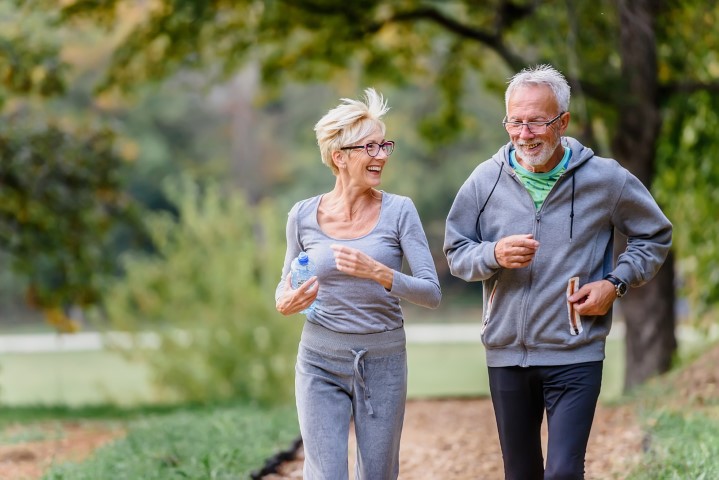


- Keep physical activity consistent
It’s essential to keep your body active, even in the winter months. While you shouldn’t work through significant joint pain without the assistance of a medical professional, stiff or achy joints shouldn’t mean canceling your gym membership.
It is very important to keep your body moving and active in the winter. While it is cozy and warm during the winter, and you feel less motivated to work out or go out altogether, it is essential to maintain your physical activity for your body to remain healthy. Try simple activities like brisk walking, yoga, or indoor swimming so that your joints keep moving.
- Avoid cold baths, and prepare for knee swelling
A drop in the temperature means swelling of joints and muscles. Using special knee compresses or bands can help with knee swelling. Avoid bathing in cold water as low temperatures lead to higher chances of experiencing joint pain. Using warm water for baths minimizes joint pain and helps relieve stiffness in the joints. Warm baths are also commonly soothing for everyone, and can specifically soothe knee pain for people suffering from arthritis.
- Make sure your posture is good
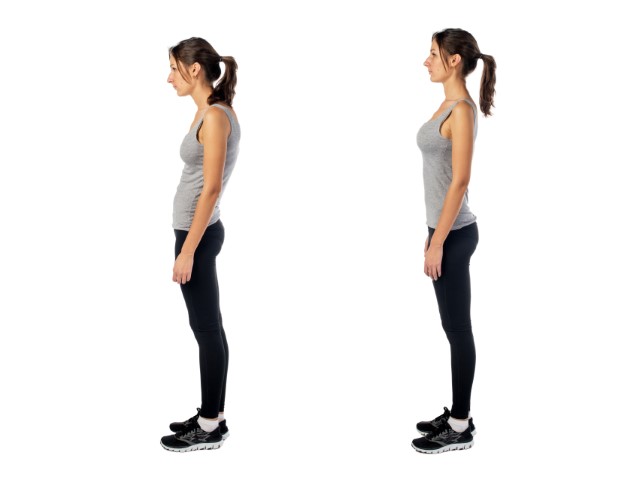


A major reason for increased joint pain is bad posture. Slouching, constant sitting for long hours, heavy lifting, etc lead to joint pain. Practice maintaining an upright posture during daily chores, and other physical activities to prevent aggravated joint pain during winter.
- Stay warm
This may seem like basic advice, but more often than not it is the basics that help you prepare for uncomfortable circumstances as such. Taking care of your joints, especially your knees during winter is essential. Wear sufficient warm clothing while going outside, so that your body is warm against the harsh winter. Adjust your indoor temperatures wherever possible, for example in your home or your car. The body is prone to cold while you are sleeping, hence the use of blankets, heated pillows, or even electric blankets if needed can prove to be quite beneficial in the long run.
While these are preventive measures, they are not going to eliminate your knee pain. If your knee pain is persistent even after these measures you must consult a physical therapist or your doctor to find out the underlying problem and an appropriate solution.

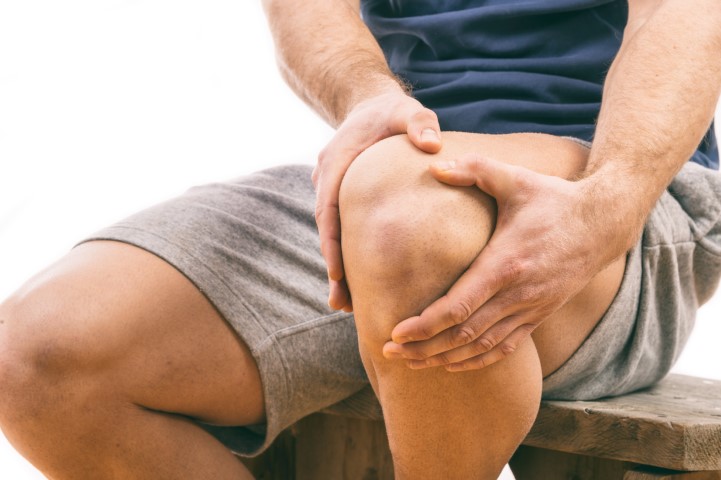
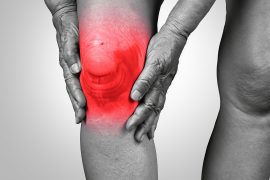
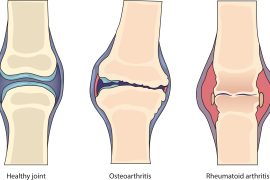
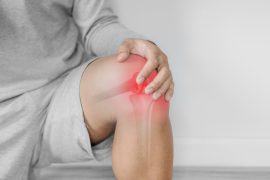
Comments are closed.